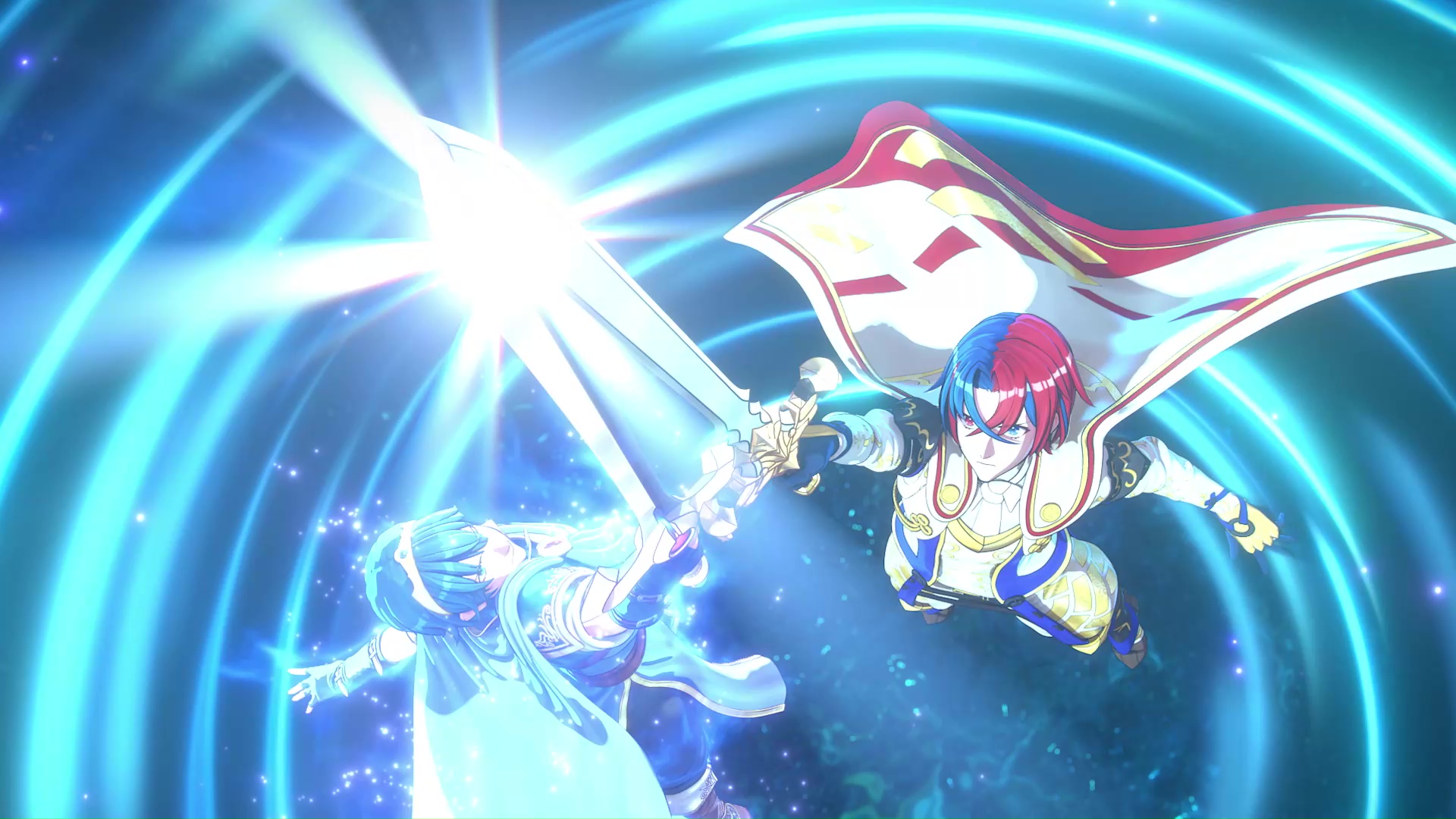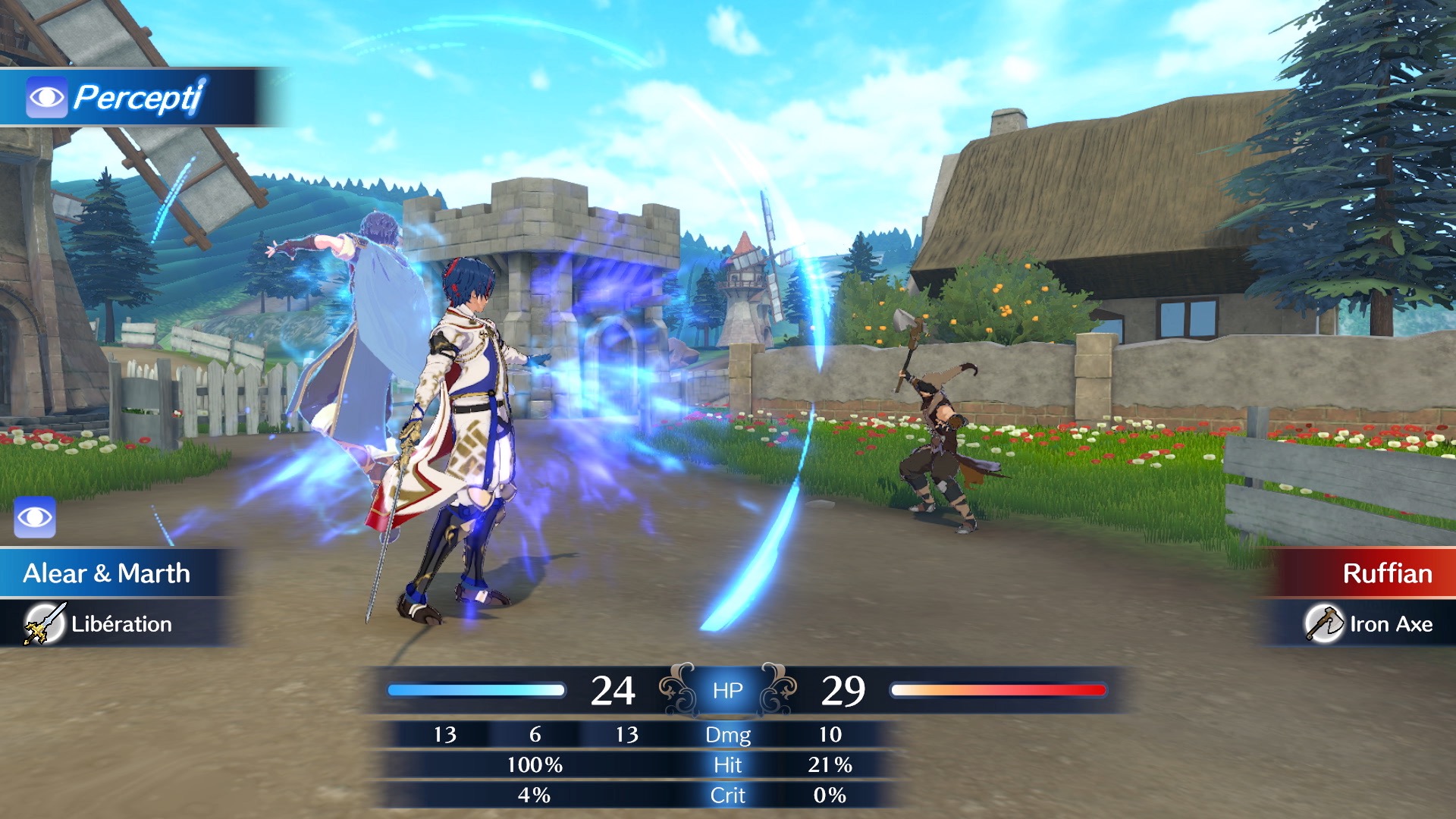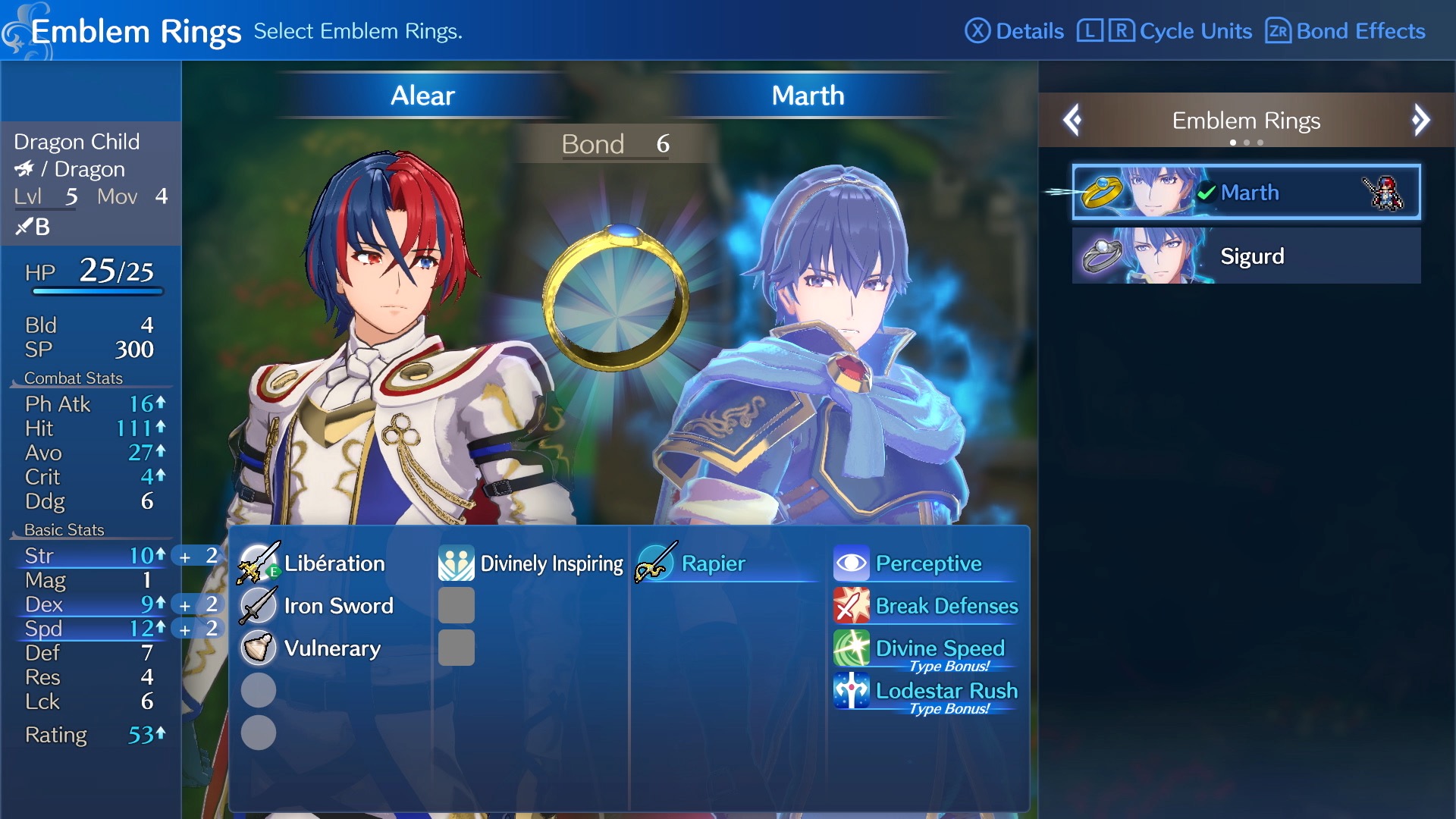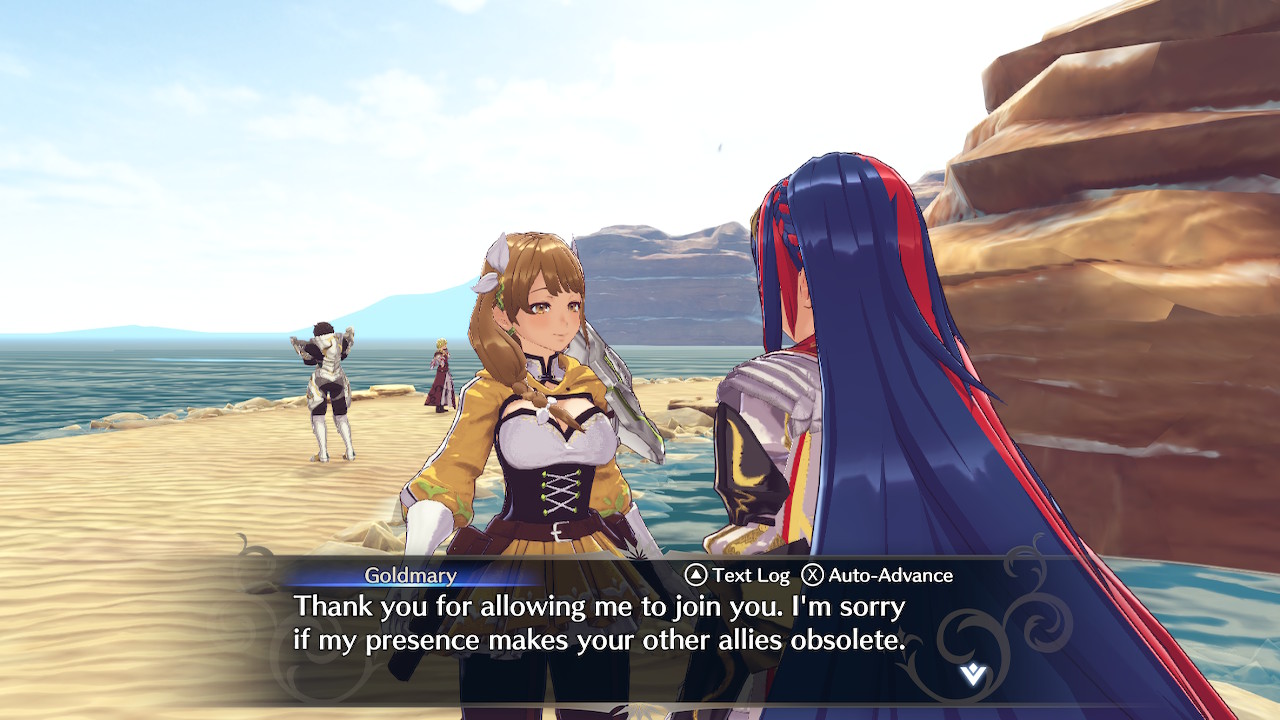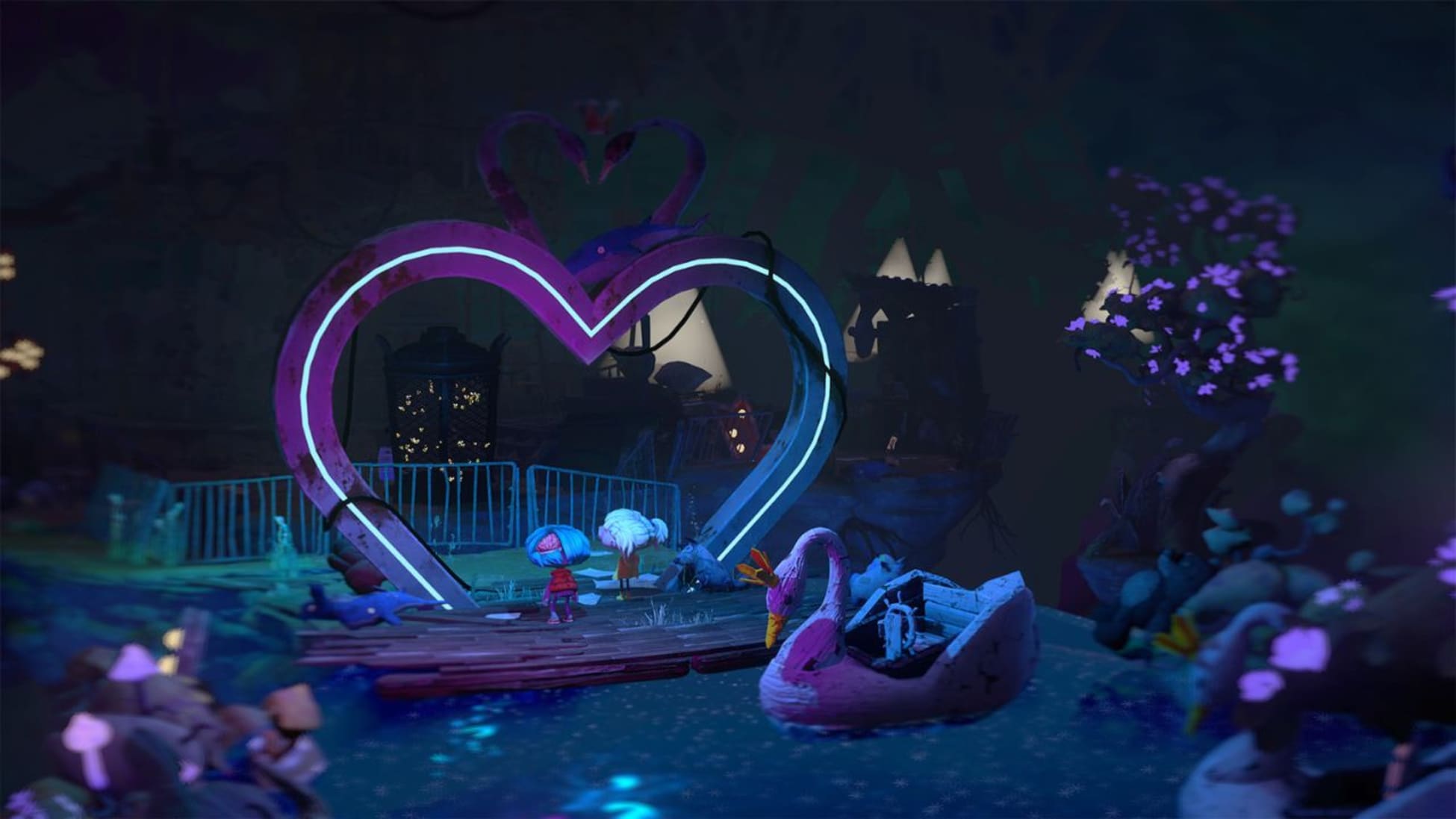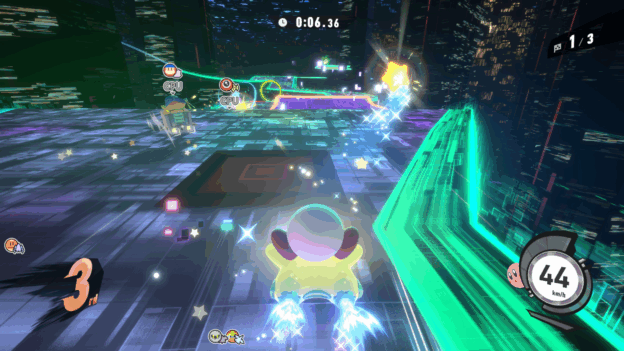Review: Fire Emblem: Engage (Nintendo Switch)
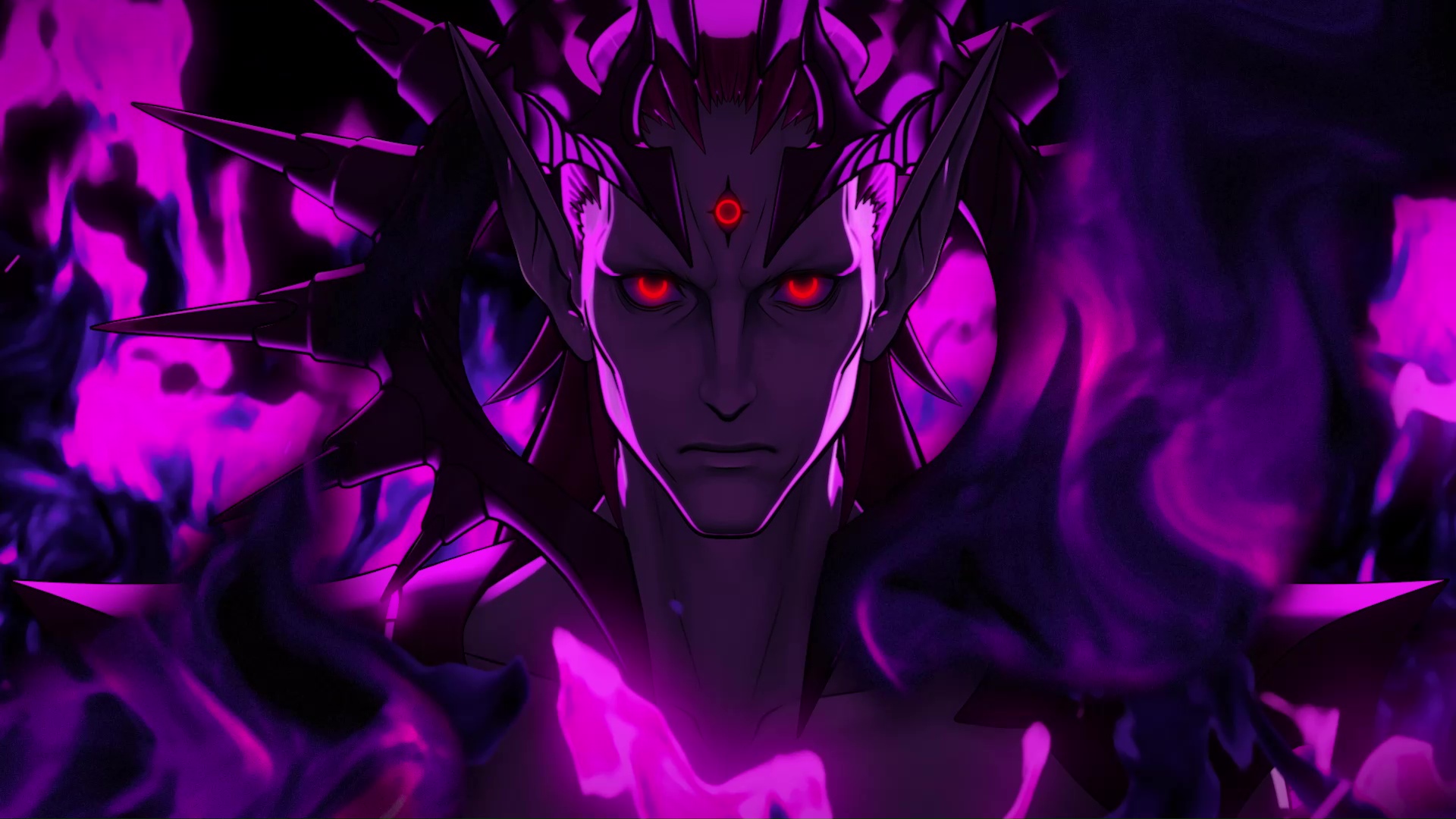
Fire Emblem: Engage is the best Fire Emblem game in years; at least since Radiant Dawn was released for the Wii in 2007. I say that, however, as someone who loves turn-based combat gameplay. If you prefer your tactical strategies to lean more heavily into “shipping” soldiers and sharing saunas, then you’re likely to disagree.
And you know what? That’s perfectly acceptable. It’s been documented that Fire Emblem was on its way out until it re-awoke with Awakening on the 3DS. The emphasis on the game’s social aspects brought in an entirely new fanbase and pumped life into the franchise. That was needed, but I felt it went a little too far with 2019’s Fire Emblem: Three Houses. For my tastes, both its story and gameplay were too heavily cut up by repetitive and mostly unrelated school activities.
Fire Emblem: Engage does a…well, not a complete 180. Let’s call it a 165. Here, the developers decided to create a game that focuses squarely on the combat and its preparation. Your feelings towards Engage will be won on the battle grids. With me, they won.
That’s good, because the story is nothing great. Your character, Alear, awakens from a 1,000 year slumber when the Fell Dragon’s seal breaks (lengthy slumbers are always divisible by 10 like microwave cooking times). Alear is the Divine Dragon, and she (or he, it’s up to you) must amass an army to once again prevent the guy from accomplishing that one single thing Fell Dragons always want to accomplish. Why can they never be unsealed and think, “You know, I’d like to take up scuba diving this time.”
On her way to the Fell Dragon, Alear will face a handful of charismatic baddies and meet/recruit a few dozen allies over 26 story-driven battles. The plot goes where you expect it to, offering few surprises on the way. This doesn’t mean, however, that the story doesn’t work. It’s not bad, it’s just sparse; streamlined to drive you into battle. Well, that and to find excuses to let you “engage” with legendary heroes from Fire Emblems past.
The main hook is that the Fell Dragon can’t be defeated with your standard, run-of-the-mill heroes of Elyos; Alear must call upon Emblems. This is done via rings that can be assigned to the fighter of your choice, and how/when to use them is a key element of the revamped gameplay. Should you use Ike’s abilities, for example, to completely overpower a tank unit or to compensate for a weaker character’s shortcomings? And no matter which you chose, you can’t rely on the heroes constantly. They remain active for only a few rounds, and then must be recharged. Thankfully, there are areas on the battlefield that speed up the recharge process. Their floaty appearances and lack of full control will have many fans recalling Tokyo Mirage Sessions #FE, only without the masks.
With the currently available DLC, there are over a dozen Emblems to assign, each with unique skills that will be necessary to achieve victory, especially on Hard mode or higher. You can swap rings around ahead of combat, and the more a character works with a particular emblem, the more skills and buffs that character will acquire. Once you learn an Emblem’s skill, you have the ability to inherit and keep it even when not engaged with that Emblem. It therefore makes sense to pair up with an Emblem to obtain a specific skill even if the pairing doesn’t seem to make sense.
Of course, those who aren’t engaged with an Emblem aren’t left in the cold; you have the ability to purchase bond rings of characters from each Emblem’s original game via a gacha system that can be assigned to your party members. They don’t come with any special skills or fancy animations, but they do provide some stat perks. And hey, it’s Nephenee!
This is mostly handled at a place called the Somniel—a floating island where Alear and company can rest between battles. There’s plenty to do here, none of which is as invasive as the school stuff in Three Houses. However, it’s also not as useful. There are various activities to boost rapport with everyone. There are exercise mini-games that’ll provide a minor stat boost in battles. You can feed this puffy dog-like thing until it follows you around. You can play some online multiplayer stuff for various rewards. You can change outfits, get your future told, polish all the rings, go for a swim and take a nap. Of course, you can also fish. Always with the fishing.
This is all mostly unnecessary, but at least it’s fast. A quick lap for items and socializing takes around 10 to 15 minutes, so you’re right back into the battles, be they skirmishes for experience items, paralogues for new Emblems, or actually advancing the game. By the time I was halfway through the game I’d completely given up on item collecting and all the mini-games. This wouldn’t have been the case if they’d included something more useful, such as a method to quickly level up characters as in Path of Radiance and Radiant Dawn.
Goldmary gets what I’m saying.
What I liked more were the after-battle segments where you can run around the battlefield to talk to your teammates, pick up some items, and adopt animals (for the Somniel, of course, where each animal in the field will give you a specific item). After a hard fight, it felt calming to explore the battlefield and talk with the combatants…even if some voiced their displeasure at not seeing any action lately. In future games, I’d love to see the base/Somniel stuff pushed into these segments.
Some classic Fire Emblem elements are still here (or back) in Engage. The weapon triangle returns, but more for a break system where you can disarm opponents so they can’t fight back against subsequent attacks that round. You have the option for permadeath, but you also have the option to turn back the clock move-by-move if someone dies, making permadeath rather pointless (not to mention that you can save your game at any point in a battle). You can sometimes recruit enemy soldiers by talking to them on the battlefield.
And speaking of the battlefields, the graphics look like enhanced versions of the layouts of Shadow Dragon, Path of Radiance, etc. More importantly, it seems more thought went into how the maps control the flow of combat. Most of them are quite clever, especially the paralogues, and they never become repetitious. Unlike the last few Fire Emblem games, winning isn’t just a matter of luring out enemies a couple at a time and slowly advancing to the boss. Turn-based strategists should have a blast.
That, then, is the key to the success of Fire Emblem: Engage. The focus is on combat, not the side stuff, and the combat is a blast. This means second (or more) playthroughs will be less of a chore. Sad you let Anna or other characters fall too far behind to be used? Correct that in your second or third playthrough down the road. After my first run, I’ve always enjoyed playing through FE games again at a higher difficulty with permadeath fully honored. Not since Shadow Dragon have I been compelled to do this (the different houses of Three Houses notwithstanding), but I’ll certainly be doing so here.
If you disagree with me and would prefer more socialization, that’s totally cool. I expect the next Fire Emblem game will swing back that way. For us old-timey fans, however, it’s great to know we won’t have to rely on 15-year-old entries to keep us placated between releases.
Well, unless we finally get those Path of Radiance and Radiant Dawn remasters for which Nintendo gamers have been clamoring.

